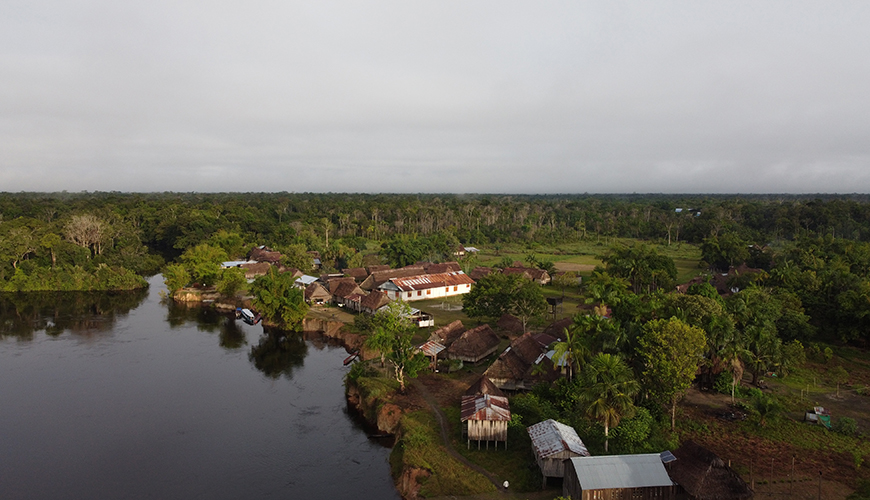Indigenous Territorial Entities can be the bridge between the ancestral worldview and public policies, ensuring that the Amazon remains a territory of life. Three decades after their recognition, they remain an outstanding debt to indigenous peoples, which can define the future of this region.
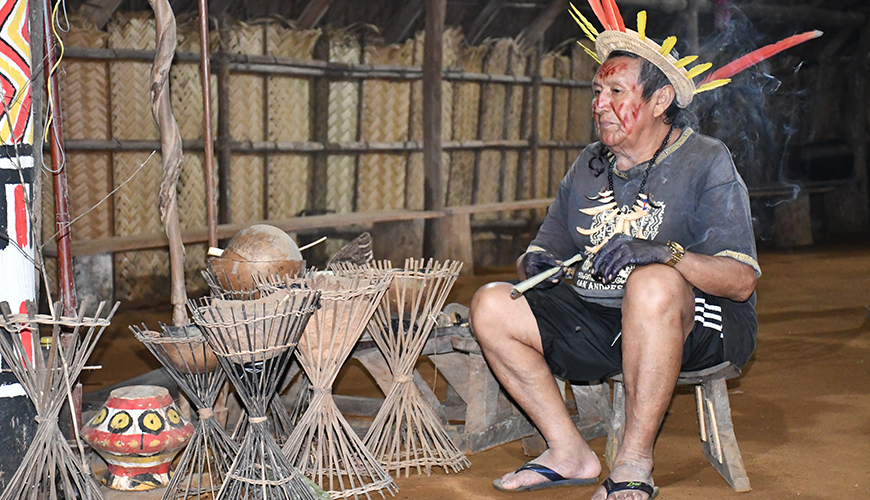
The Indigenous Territorial Entities (ETI) were recognized in the 1991 Constitution as a form of self-government for indigenous peoples. However, today, more than three decades later, its implementation faces legal gaps, inequity in financing and lack of political will, among other challenges. Its implementation represents a historic opportunity not only to guarantee the collective rights of indigenous peoples, but also to strengthen the protection of tropical forests against threats such as deforestation and illegal mining. To understand what they are and what their contribution to environmental and cultural justice in the Amazon can be, we spoke with José Guillermo Espinosa Hios, lawyer and master’s degree in Constitutional Law, who from the National Organization of Indigenous Peoples of the Colombian Amazon (OPIAC) accompanies both processes of formalization of different ETIs and the strengthening of the special indigenous jurisdiction.
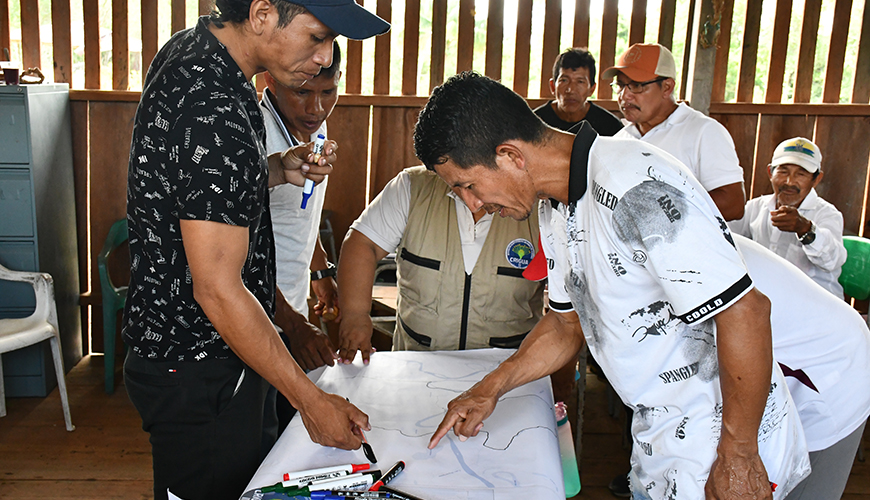
What are Indigenous Territorial Entities (ETI)?
They are forms of territorial organization conceived as subnational governments of a special nature. They allow indigenous peoples to exercise political, administrative, and financial self-government in their territories, with a status similar to that of other territorial entities such as departments, districts, and municipalities. That is, they enjoy autonomy to govern themselves by their own authorities, administer resources, establish taxes and participate in national revenues.
Would its implementation help guarantee the collective rights of indigenous peoples?
That’s right. The ETIs seek to ensure the effective exercise of the collective rights of indigenous peoples recognized in the Constitution. On the one hand, they materialize the model of State defined in the first article, which establishes Colombia as a social State of law, decentralized, pluralistic and with autonomy of its territorial entities.
On the other hand, they develop the principle of ethnic and cultural diversity enshrined in Article Seven and give effect to other Articles – 246, 286, 287, 329 and 330 – that recognize the right of indigenous peoples to be governed by their own authorities; to exercise administrative and territorial planning functions, including the environment; administer justice within their territories in accordance with their own regulatory systems, establish taxes and participate in the revenues and resources of the State.
What role do the reservations and indigenous authorities have within the formation of the ETIs?
Indigenous reservations are forms of collective property originating in colonial times, created to protect communities from dispossession and extermination. Today, they are recognized as inalienable, imprescriptible, and unseizable communal lands, and have been resignified by many indigenous peoples as culturally appropriate figures. Their role vis-à-vis the TSIs is fundamental, since every territorial entity requires geographical support for the exercise of governance. In this sense, Decree Law 632 of 2018 provides that indigenous territories susceptible to becoming ETIs may be formed on the basis of existing reservations.
For their part, the indigenous authorities, whether political or traditional, are the ones who, in exercise of the right to autonomy and self-determination, define the political-administrative structure of each TSI. This must respond both to the cultural diversity of each people and to the principles that guide the administrative function of the State, in accordance with Article 209 of the Constitution.
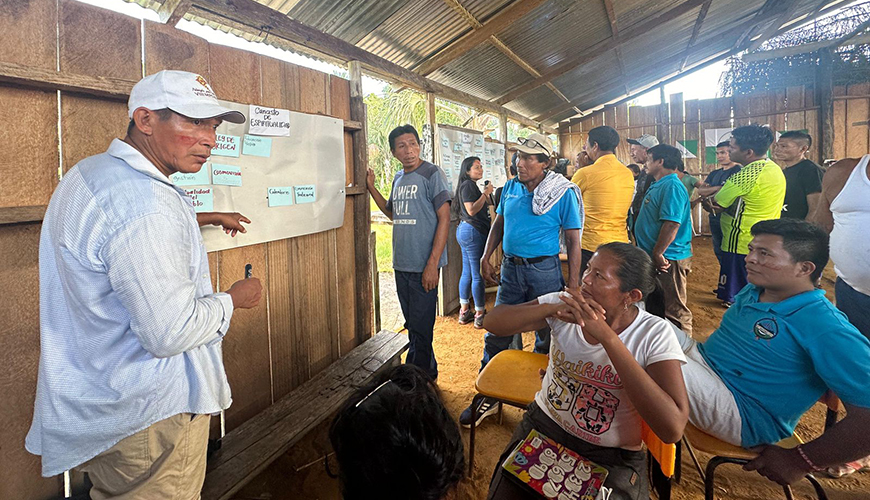
What will the governance and administration structure of TSIs look like?
It will be defined by the principles of autonomy and self-determination of indigenous peoples. Each Indigenous Territory will be responsible, in accordance with its own regulatory systems, for deciding how to organize its governing bodies, fiscal control, administration and financial execution.
At the political level, the Constitution establishes that the Indigenous Council is the highest decision-making body within indigenous territories. This implies that TSIs function as collective governments, in which the legal representative does not concentrate power, but acts as the institutional spokesperson of the Council.
Does this mean that the structure of each TSI may be different?
In short, its structure will vary according to the cultural, political and organizational principles of each indigenous people. Although there may be similarities between peoples with cultural affinities, the aim is not to impose a homogeneous model, but to respect the diversity of indigenous forms of government recognized by the Constitution.
What competencies will they have regarding issues such as health, education, self-justice and territorial planning?
In the areas of health and education, they will be able to design, administer and implement their own policies, programmes and services, in coordination with the national system, but in accordance with their worldviews and cultural practices.
With regard to their own justice, they shall exercise the powers provided for in Article 246 of the Constitution, guaranteeing the application of their internal rules and procedures, with respect for the Constitution and fundamental rights.
With respect to territorial planning, they will be empowered to plan and manage the use of land, natural resources and ecosystems in their territories, integrating their Own Knowledge Systems with the territorial planning instruments recognized by the State.
Each indigenous territory will be able to exercise these competencies gradually, in accordance with its institutional and technical capacity, enhancing its strengths and closing social, economic and cultural gaps.
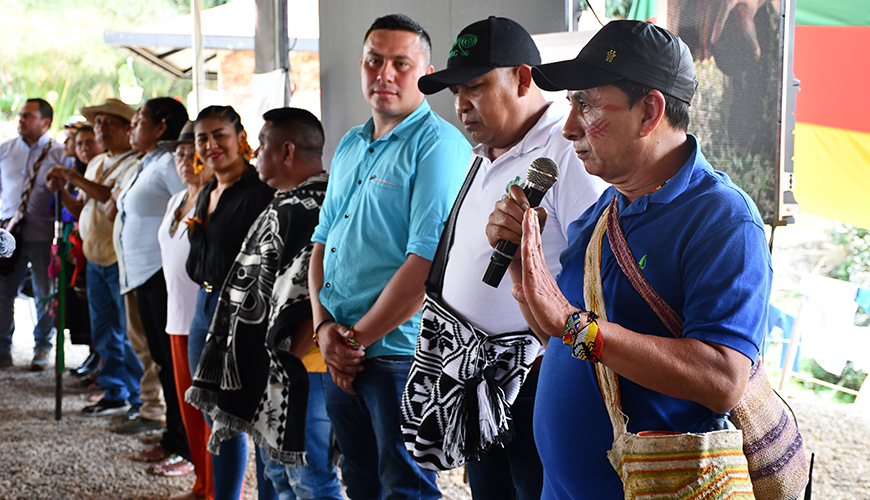
How will they be articulated with the Colombian State and with the existing territorial entities?
Each indigenous territory, within its own administrative regime, must establish intra- and inter-institutional coordination mechanisms that are culturally appropriate and guarantee a respectful dialogue with the national, departmental and municipal levels.
These mechanisms function as bridges of communication and cooperation that allow the ETIs to exercise their competences jointly and in coordination with the other territorial entities and with the institutions of the central State, avoiding duplication and strengthening public management in indigenous territories.
It is important to underline that the exercise of administrative powers by TSIs does not exempt municipalities or departments from fulfilling their responsibilities to provide public services within indigenous territories. Articulation, therefore, implies co-responsibility and not substitution, for the benefit of the communities.
What is needed in terms of policy, institutional or political will to make TSIs a reality?
Progress is still needed on three fronts. At the regulatory level, the issuance of the Organic Law on Territorial Planning (LOOT) provided for in Article 329 of the Constitution, which establishes the general framework for the operation of the TSIs. The absence of this law has generated a legislative omission that has had to be made up for by the jurisprudence of the Constitutional Court. Likewise, the pending regulation of Article 246 is needed, through a statutory law that defines the coordination mechanisms between the Special Indigenous Jurisdiction and the National Judicial System.
At the institutional level, there is a need for regulatory and administrative adjustments to facilitate effective coordination between TSIs and other State entities, both at the central and decentralized levels; and technical and financial support from the Ministry of the Interior and other entities of the national Government, to strengthen the capacities of indigenous authorities in the exercise of their functions and in the administration of resources.
At the political level, the will of Congress and the national government is required to promote pending regulation, allocate resources and fully recognize the ETIs as territorial entities on equal terms with departments and municipalities.
In terms of financing, inequitable treatment persists, since indigenous territories only participate in 0.52% of the resources of the General System of Participations (SGP), through the Special Allocation of the General System of Participations for Indigenous Reservations, created by Article 356 of the Constitution. This allocation is of a transitional nature, designed only while the TSIs are in operation. In addition, indigenous territories cannot directly administer these resources, but must manage them by submitting projects to municipalities and governorates. Unlike the other territorial entities, they do not have direct access to resources for health, education, basic sanitation and drinking water, which perpetuates inequity in the distribution of public resources.
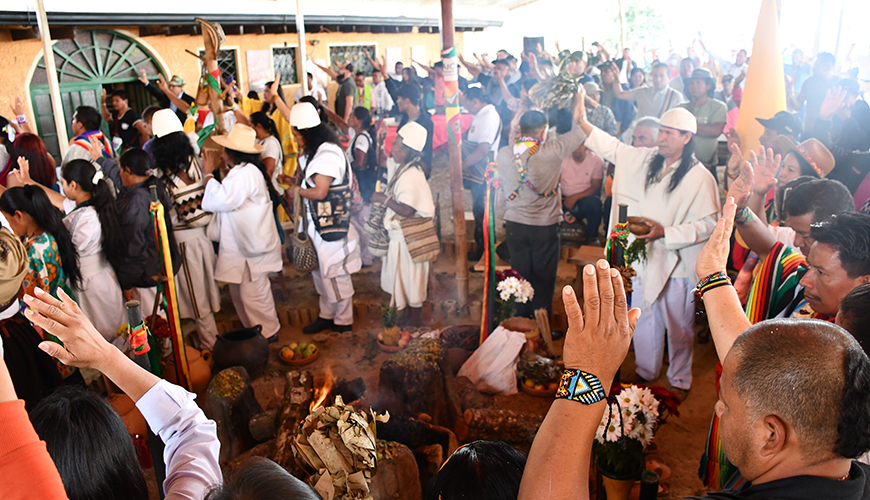
Why are ETIs important for the protection of Amazon forests?
They are fundamental because by granting indigenous peoples legal and administrative powers to exercise self-government over their territories, it allows them to incorporate their own knowledge systems into environmental management, strengthen ancestral conservation practices, organize the territory and face threats such as deforestation and illegal mining.
ETIs are not only a mechanism for self-governance, but also a key environmental and cultural justice strategy. They articulate the physical and spiritual survival of indigenous peoples with the conservation of the Amazon forests, which are vital for the ecological and climatic balance of both the country and the planet.
How can the indigenous worldview and its territorial management practices contribute to confronting deforestation?
Thanks to their way of seeing the world, indigenous peoples understand the territory as an integral space of life and not only as an economic resource. Their land management practices—such as crop rotation (chagras), protection of sacred sites, regulated fishing and hunting, and ecological calendars—have allowed forests to be conserved for centuries.
How could ETIs strengthen forest governance and sustainable management of natural resources in the Amazon?
TSIs allow for the integration of ancestral conservation practices with modern environmental management instruments, strengthening sustainable forest governance. Thus, by recognizing indigenous peoples as territorial authorities, the sustainable management of Amazonian resources is reinforced and effective control mechanisms are established against external threats.
What role could TSIs play in the implementation of public policies on climate change and biodiversity?
The protection of Amazonian forests is inseparable from indigenous cultural survival, which implies that their participation in the environmental decisions of the State cannot be marginal or accidental but must be structural.
On the other hand, the environmental crisis in the Amazon is related to the violation of fundamental rights. Factors such as illegal mining and deforestation not only degrade biodiversity, but also affect indigenous health and autonomy. In this sense, TSIs are an ideal channel for harmonizing indigenous peoples’ own regulatory systems with national public policies, generating climate change adaptation and mitigation measures from an intercultural perspective.
In short, by strengthening the TSIs, an institutional framework is created for indigenous peoples to participate effectively in the design, execution and monitoring of climate and biodiversity policies, contributing their ancestral conservation practices and their worldview as indispensable elements to guarantee the sustainability of the Colombian Amazon.
The path towards the consolidation of Indigenous Territorial Entities continues to be complex and full of regulatory, institutional and political challenges. However, as José Guillermo Espinosa points out, its materialization is a necessary commitment to guarantee the autonomy of the Amazonian peoples and, at the same time, safeguard one of the most valuable natural heritages on the planet: the Amazonian tropical forests.
ETIs represent much more than a governance model; They are a way to integrate the indigenous worldview with national public policies, generate effective responses to climate change and ensure that the defense of the territory is in the hands of those who have cared for it for centuries. Its implementation, although late, could mark a turning point in the history of the Colombian Amazon and in the way the country understands environmental and cultural justice.
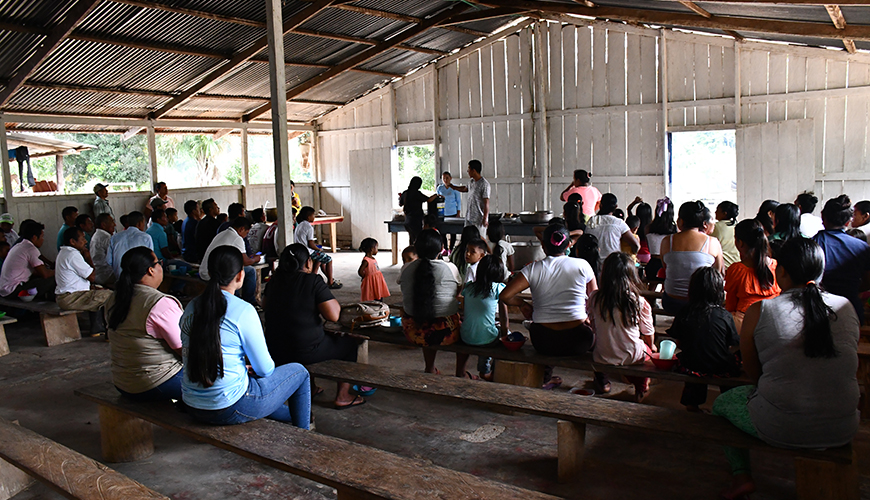
José Guillermo Espinosa Hios
Lawyer from the University of the Amazon and master’s degree in Constitutional Law. For more than two years she has worked at the National Organization of Indigenous Peoples of the Colombian Amazon (OPIAC) as a technical support professional. Its work has focused on accompanying Amazonian communities in processes of formalization of Indigenous Territorial Entities and on the strengthening of the special indigenous jurisdiction, a path that has also meant valuable learning about the cultural and organizational wealth of indigenous peoples.

